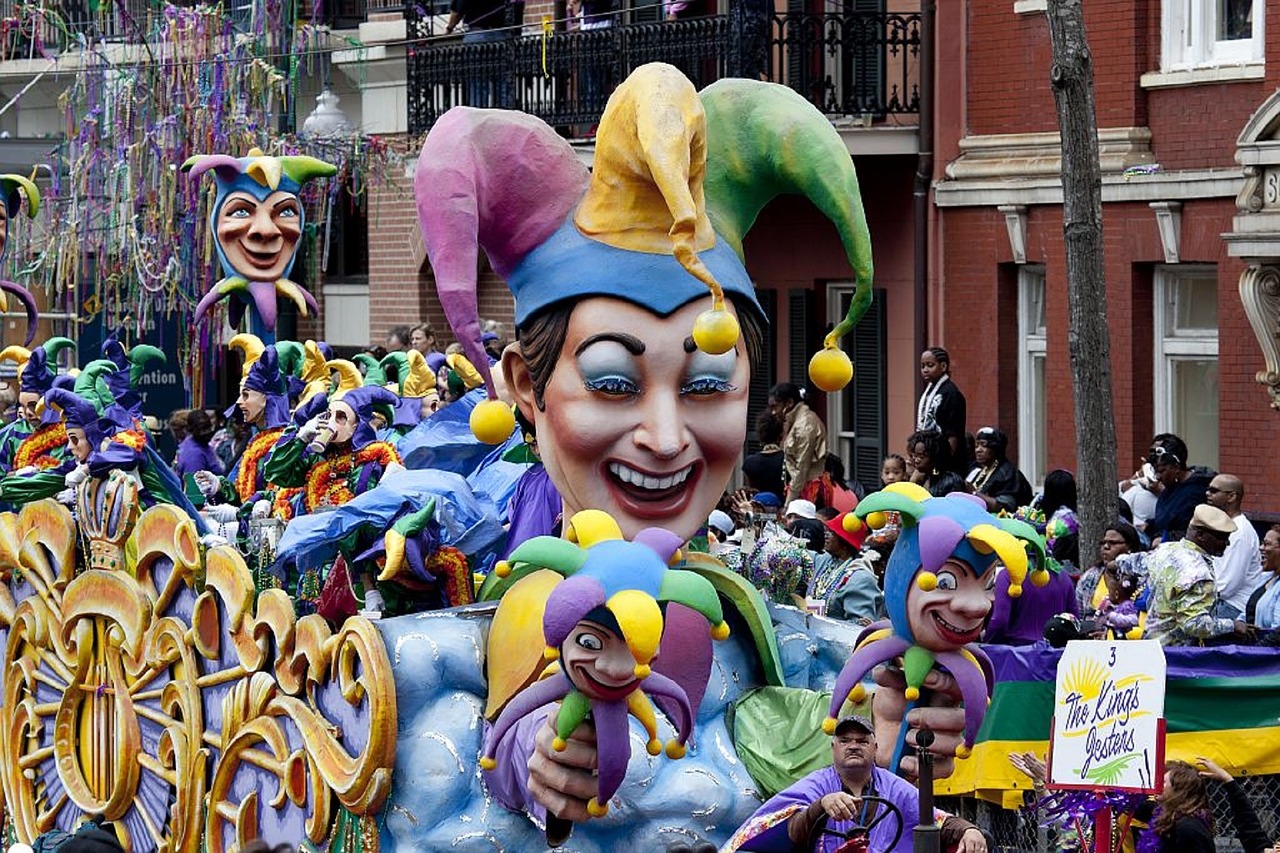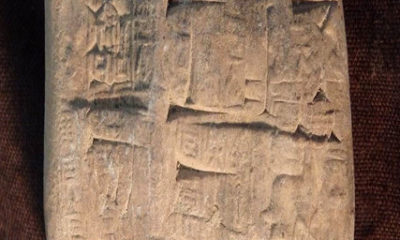
As we celebrate Fat Tuesday, staring Ash Wednesday and 40 days of Lent straight in the face, it’s a good time to remember, reflect and, possibly make sure you have money for bail, as the Carnival season comes to an end with Mardi Gras.
Ever wonder what all the fuss is about? Take at look at this primer about Carnival, Mardi Gras, Shrove Tuesday, Ash Wednesday and the Lent season.
What is Mardi Gras?
While it is commonly referred to as a season of events, it is actually only one day. Mardi Gras is French for fat Tuesday. Some call it Shrove Tuesday, which grew out of an English term (Shrovetide) meaning the last day before the liturgical period called Lent. Shrove means to confess or be absolved of sin.
The celebration dates back centuries to pagan celebrations of fertility and the season of spring.
The season of floats, parades and, to put it mildly, partying (read debauchery) leading up to Mardi Gras is called Carnival. The day after Fat Tuesday, when all the nonsense is to stop and you have about six weeks to try to remember what you did and ask forgiveness for it, is called Ash Wednesday.
What happens on Ash Wednesday?
In the church, Ash Wednesday is a day of fasting and reflection. It is also the first day of Lent on the Christian calendar. Lent last 46 days, and ends on Easter. Traditionally, one will give up something during the Lenten season in commemoration of the 40-day fast Jesus experienced in the Judaean Desert. Lent last 40 days with the six Sundays that fall within the period being non-fasting days. It gets its name — official the “Day of Ashes,” — because of the practice of rubbing ashes on one’s forehead in the sign of a cross.
Why the name Mardi Gras or Fat Tuesday?
The name is believed to have come from the practice of eating richer, fatty foods prior to fasting during the Lenten season.
How is the date for Mardi Gras determined?
You better sit down for this one. The date of Mardi Gras is determined by the date of Easter. Mardi Gras is 47 days before Easter. Easter is the first Sunday after the Paschal full moon, or ecclesiastical full moon, which is the first full moon on or after March 21. The earliest Easter can be is March 22. It was on that day in 1818 and will not be on that day again until 2285. The latest Easter can be is April 25. It will be that again in 2038.
That would make Feb. 3 the earliest Mardi Gras can be. March 9 the latest it could fall.
Unless, of course, you are a member of an Orthodox/Eastern church. They use a Julian calendar instead of the Gregorian calendar to determine the date of Easter. The earliest Easter can be for Orthodox churches, as it would fall if you used a Gregorian calendar, is April 4 and the latest is May 8.
When did the celebration first start in the United States?
Well, this is where some controversy comes in. While New Orleans is known worldwide for its Mardi Gras celebration, history tells us that the first continual Fat Tuesday observance was likely in Mobile, Ala., in 1702 hosted by French settlers along Mobile Bay.
What are you supposed to do on Mardi Gras?
The general consensus is that you should party as much as you can, because Ash Wednesday and Lent are coming.
Some of the most famous Carnival season/Mardi Gras celebrations are in South America. The Carnaval celebration in Rio de Janeiro, Brazil, is considered the largest in the world. In Columbia, the Barranquilla carnival started on Saturday and continues until Ash Wednesday. Europe also celebrates. In Cologne, Germany, Karneval is marked with role playing celebrations that include a prince, a farmer and a virgin. In Italy, they stick to the script and put on a more traditional Fat Tuesday celebration.
Of course in America, New Orleans is synonymous with Mardi Gras and letting good times roll. Weeks of parades, balls and street parties mark Carnival in the Crescent City.
Each year a celebrity is chosen to be “Bacchus” and ride the parade route as king of the Krewe of Bacchus. This year, Bacchus was New Orleans native Anthony Mackie who has appeared as “The Falcon” in Marvel comics franchise movies.
There were some 70 parades in New Orleans during the 2016 Carnival season, with eight of them scheduled for Tuesday.











Facebook
Twitter
Pinterest
Google+
LinkedIn
Email